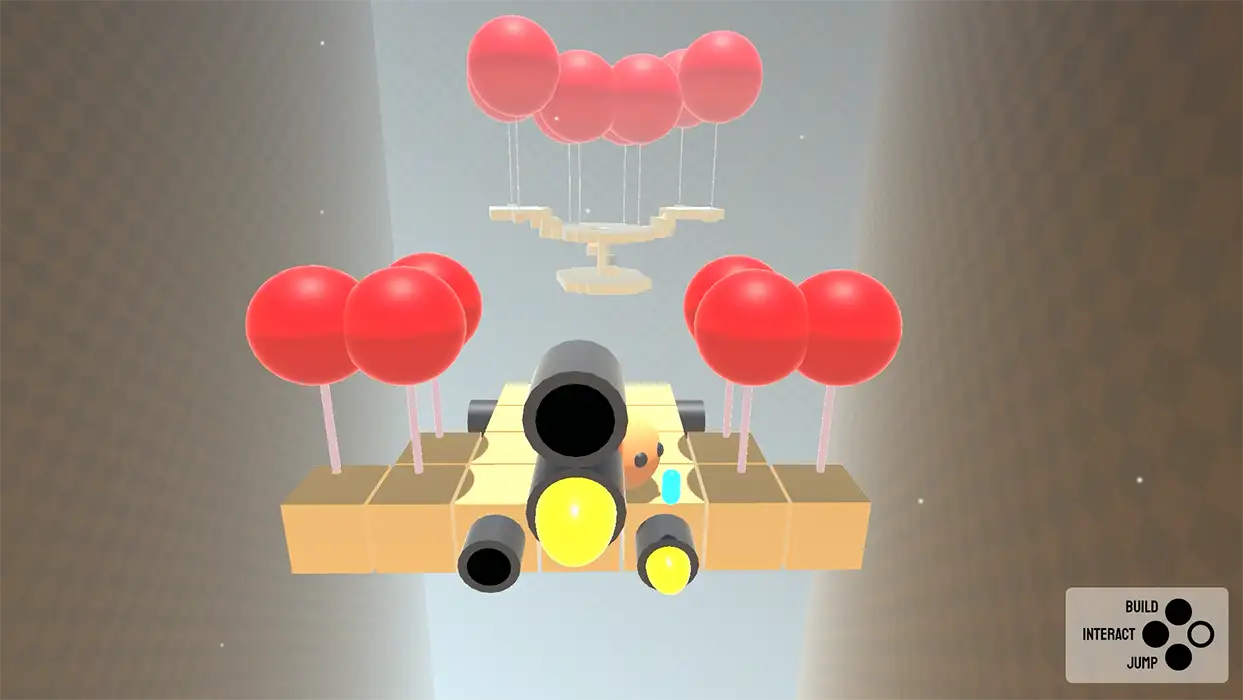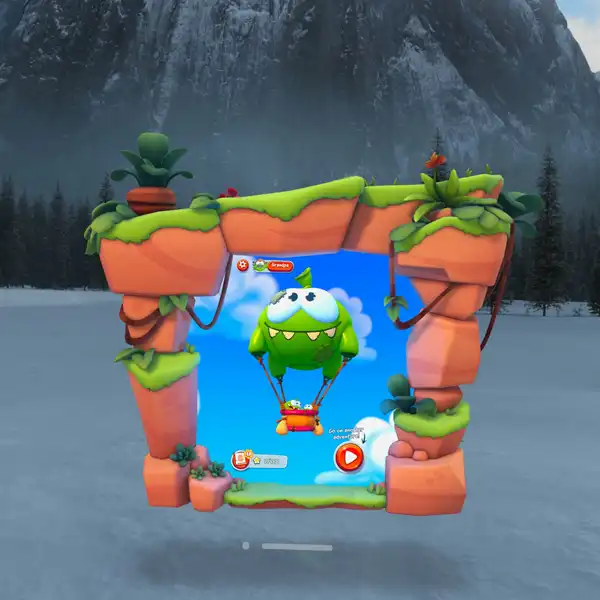I’ve worked on many character controllers over the years both in production and prototyping. Most of my shipped games featured physics-driven characters: pinballs, golf balls, or rolling circles like Nibble Nom in Cut the Rope. These characters don’t move by player input, things happen to them through the environment. The challenge is giving them a sense of agency, as if they’re reacting with intent, even though they have no real control.
In parallel, I’ve built a variety of direct-control character controllers in prototypes, both 2D and 3D. I focus on acceleration, air control, jump behavior, and responsiveness. Coyote time, input buffering, late jump windows those invisible systems are what make a character feel right to play.
Atlantic Sky - Character Controller
In this prototype, I built a third-person controller that stays grounded and responsive while walking on a constantly moving airship. The goal was to keep player movement stable, readable, and consistent—even with physics and platform motion in play.


